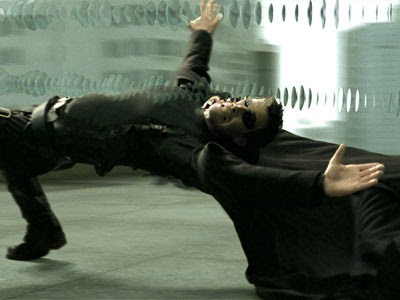This is my final story, After talking to Chris I decided that I needed to fix a few of the camera angles because I made a few classic mistakes, mainly the camera switching from one side to another making it confusing for the viewer. Secondly its way too long, I've decided to only use the final scene as my final animation starting from where Punchy bashes the table. I also need to focus on facial expressions to show the thought process, here timing is very important to allow the viewer to see that the characters are thinking. (this means, blinking, frowning, scowling, smiling) and according to Richard Williams Book "Animators Survival Kit" which has played as my main reference throughout this assignment there shouldn't be any other actions during these facial expressions, it should be pause, expression then the action not, action and at the same time expression.
Camera Angle Reference: After reading the article on camera angles provided by Chris in the tutorial, http://www.peachpit.com/articles/printerfriendly.aspx?p=31096, I found that I had made a few mistakes that needed fixing, my main mistake is the camera switching around to random angles making it confusing for the viewer to understand the scene. In my main animation I need to show Punchy getting angry so I will begin with a close up of him
"close-ups not only help tell the story, but save time. The close-up shot also allows the viewer to see the emotion of the character, which is important to telling the story. The close-up shot can vary, depending on the composition.
" (referenced from the tutorial)
I will keep one or two medium shots which capture all three characters to give a viewer an idea about the layout of the scenery. One shot that I like is where Punchy is on the left, Slink is on the right and the Princess can be seen between them in the background, they're looking at each other, fighting over the princess between them.
"The medium shot is a general, all-purpose shot. Medium shots are used for dialogue sequences, and they allow the viewer to pick up on the character's movements and gestures. Body language is important to conveying emotion, and the medium shot remains close enough to capture that emotion. Medium shots are also good for small group shots, such as a conversation between characters. The medium shot often is partnered with a close-up shot, because it is not necessarily used for establishing shots. Medium shots are best for individuals or small groups; more than three or four people in the scene will require you to use a different type of shot. Figure 4 shows a typical medium shot."

The style of camera shots was mainly inpired from The movie "The Matrix", I especially used the techniques used in the bullet time shots when Neo is dodging the bullets, this can be seen when the cup is flying in the air and the key lands inside the cup.
No comments:
Post a Comment